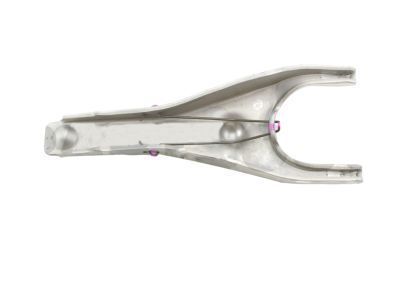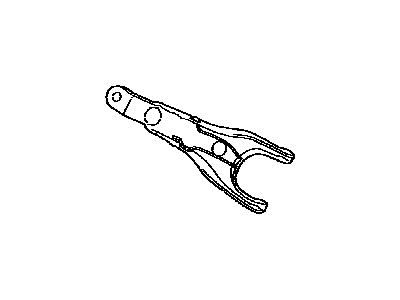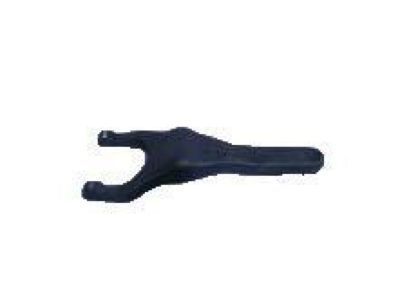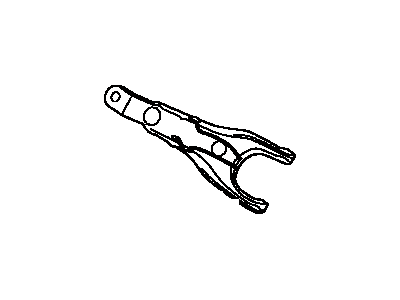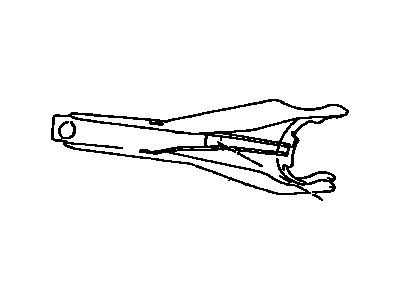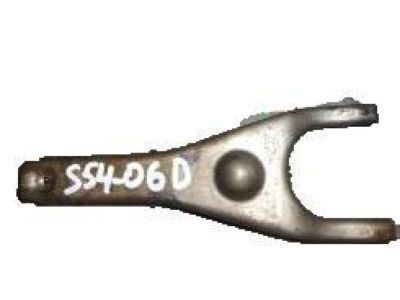

My Garage
My Account
Cart
Genuine Toyota Camry Clutch Fork
Release Fork- Select Vehicle by Model
- Select Vehicle by VIN
Select Vehicle by Model
orMake
Model
Year
Select Vehicle by VIN
For the most accurate results, select vehicle by your VIN (Vehicle Identification Number).
5 Clutch Forks found
Toyota Camry Fork Sub-Assy, Clutch Release
Part Number: 31204-20100$51.16 MSRP: $71.50You Save: $20.34 (29%)Ships in 1-3 Business DaysToyota Camry Fork Sub-Assy, Clutch Release
Part Number: 31204-20110$119.68 MSRP: $170.14You Save: $50.46 (30%)Toyota Camry Fork Sub-Assy, Clutch Release
Part Number: 31204-20131$153.14 MSRP: $217.71You Save: $64.57 (30%)Ships in 1-3 Business DaysToyota Camry Fork Sub-Assy, Clutch Release
Part Number: 31204-20111$119.68 MSRP: $170.14You Save: $50.46 (30%)
Toyota Camry Clutch Fork
If you are in demand for superior quality and affordable OEM Toyota Camry Clutch Fork, then shop with us! We own a wide range of the reduced-priced genuine Toyota Camry Clutch Fork. You can purchase in confidence as all parts come with a manufacturer's warranty. Any issues with our products? No need to worry as we have a hassle-free return policy to guide you every step of the way.
Toyota Camry Clutch Fork Parts Questions & Experts Answers
- Q: How to remove and install Clutch Fork and Release Bearing on Toyota Camry?A:The procedure for removal applies to 2009 and earlier models only, as 2010 and later models have the clutch release bearing and release cylinder as a single assembly that cannot be replaced separately. Begin by disconnecting the negative cable from the battery. Next, remove the transaxle. Reach behind the clutch fork to disengage it from the ballstud by pulling on the retention spring, then remove the fork and bearing. For inspection, hold the bearing by the outer race and rotate the inner race while applying pressure; it should turn smoothly. If it does not, replace the bearing/hub assembly. Wipe the bearing with a clean rag and inspect for damage, wear, and cracks, avoiding immersion in solvent as it is sealed for life. Also, check the clutch fork for any cracks and bends. For installation, fill the inner groove of the release bearing with high-temperature grease and apply a light coat of the same grease to the transaxle input shaft splines and the sleeve of the transaxle front bearing retainer. Lubricate the clutch fork ball socket, fork ends, and release cylinder pushrod socket with high-temperature grease. Attach the release bearing to the clutch fork, then slide the release bearing onto the transaxle input shaft front bearing retainer while passing the end of the clutch fork through the opening in the clutch housing. Push the clutch fork onto the ball stud until it is firmly seated, and apply a light coat of high-temperature grease to the face of the release bearing where it contacts the pressure plate diaphragm fingers. The remainder of the installation follows the reverse order of removal.
Related Toyota Camry Parts
Browse by Year
2010 Clutch Fork 2009 Clutch Fork 2008 Clutch Fork 2007 Clutch Fork 2006 Clutch Fork 2005 Clutch Fork 2004 Clutch Fork 2003 Clutch Fork 2002 Clutch Fork 2001 Clutch Fork 2000 Clutch Fork 1999 Clutch Fork 1998 Clutch Fork 1997 Clutch Fork 1996 Clutch Fork 1995 Clutch Fork 1994 Clutch Fork 1993 Clutch Fork 1992 Clutch Fork 1991 Clutch Fork 1990 Clutch Fork 1989 Clutch Fork 1988 Clutch Fork 1987 Clutch Fork 1986 Clutch Fork 1985 Clutch Fork 1984 Clutch Fork 1983 Clutch Fork
